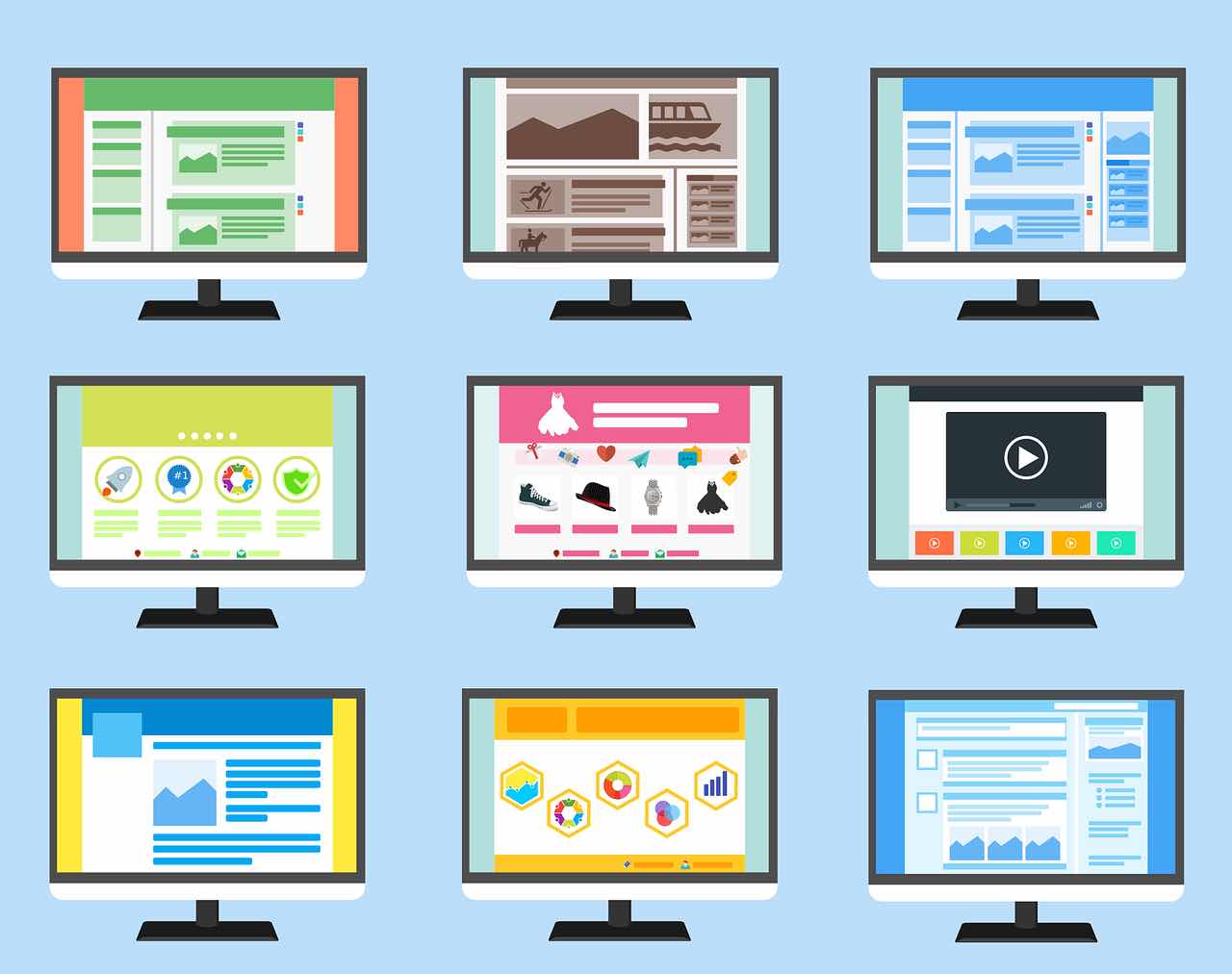
What are the Components of a website? 7 Must Have Components of a website
What are the Components of a website?
August 7, 2018 By Hitesh Bhasin Tagged With: Digital Marketing
Nowadays websites are not very difficult to build. With the availability of various CMSs (Content Management Systems) such as WordPress, anyone can set up their site within minutes. Both free and paid themes are available which can be installed and the site will look good.
But even with all these tools, websites must have some essential elements without which any website will look incomplete and unprofessional. There are multiple components which make a website complete and functional such as navigation, header, and footers etc.
If you are just starting out and are going to set up a website then you must keep some components in mind to create a successful site. For example, every website homepage must have a headline, sub-headline, CTAs (call-to-action), some visuals, proper navigation and success indicators. Additionally, social proof, features, testimonials, content offers can be added depending on the type of website.
So let’s understand these components in detail in the next section…
Table of Contents
7 Must-Have Components of a website
1) Navigation:
Navigation is one of the important Components of a website as it helps users in easily navigating the complete site and it also helps the search engine to get an idea of the structure of the website.
A complex navigation can easily result in less traffic and higher bounce rates. All the main categories and pages must be there in the navigation. Dropdown menus can be used and sub-categories must be under categories. A navigation is something which is displayed on every page and post of the website so it must be created carefully.
2) Web Hosting :
Every website has a set of files and folder in the backend which makes the site possible to be accessible by everyone in the world… and those files have to be stored somewhere, for that web hostings are used. You must have a reliable hosting service as hostings can impact a website performance in many ways such as if you are on shared hosting, you may face regular downtimes which will result in bad user experience. A good hosting is a must for the smooth functioning of every website.
3) Call-to-Actions :
All websites have some specific goals such as to convert visitors into leads and get visitors to click on some specific things which can be a button or anything else. That is why CTAs are used. For websites which are focused on conversions, call to actions can be one of the most important components of a website. They direct the visitors to take the desired action.
Usually, CTAs are visually different from all other components of a page and they are clearly visible. Make sure that your CTA is big enough on every type of device and use simple text only, don’t make the copy of CTA complicated. Example of a CTA can be, “Call us now”, “Sign Up Now”, “Try it for free”, etc.
4) Headline :
This is the most crucial aspect of any website. Headlines are a part of viral marketing and play a crucial psychological role. Most of the books that are published have a very attractive book cover. The book cover impresses the reader and he or she buys the book. Headlines are like the attractive book covers.
Most visitors spend less than 3 seconds on any website and if the headline of the site is not in point and is not aligning overall with the site then you might lose a lot of potential customers. Always keep the headline simple and to the point. Use simple words and keep it as short as possible.
5) About Us :
Almost everyone focuses on the homepage and other related pages but very few focus on about page as well. According to studies it has been found out that about page of any website is one of the most visited pages, but still, nobody spends time in crafting a perfect about page. You should put all the relevant points related to your site or business in your about page and make it attractive for users as well. Users like to read about the website they are visiting and this creates a personal touch which helps in growing the relationship with users in long-term.
5) Content :
Now this will depend on which type of website you have. Blogs will require different content than service or business websites but content will be needed for every website. Publish unique and relevant content and focus on providing value to your readers. Nowadays content marketing is at its peak and helps a lot in long-term. Google also favors websites having quality content and you will get higher rankings.
6) Visuals :
A website has many visuals such as logos, images, etc. and graphics play a very important role as they help in making a good overall look at the website. Visuals are processed faster by humans so spending on quality graphics will be worth the efforts. Large hero images also create a very strong visual experience which helps in encourages users to scroll down and large images are often used as backgrounds. Also, make sure that the graphics are optimized for mobiles phones as well… as images which are looking good on the desktop might not look good on small devices.
7) Mobile friendliness :
In this day and age, there is equal penetration of Laptops and Smartphones. However, smartphones are selling even more then laptops. Hence one of the components of a website is its responsiveness or how clear it is on a mobile display.
Responsive sites automatically adjust on different screen sizes. Everything from headlines, text, images, CTAs etc. must be optimized for small screen devices. Google is also ranking websites based on their mobile factors so this is something which you cannot ignore.
So, these are some of the components of a website which help the website achieve its objectives. If you are going to get your website developed by someone, make sure to ask them about these components and then evaluate them based on their answers.










